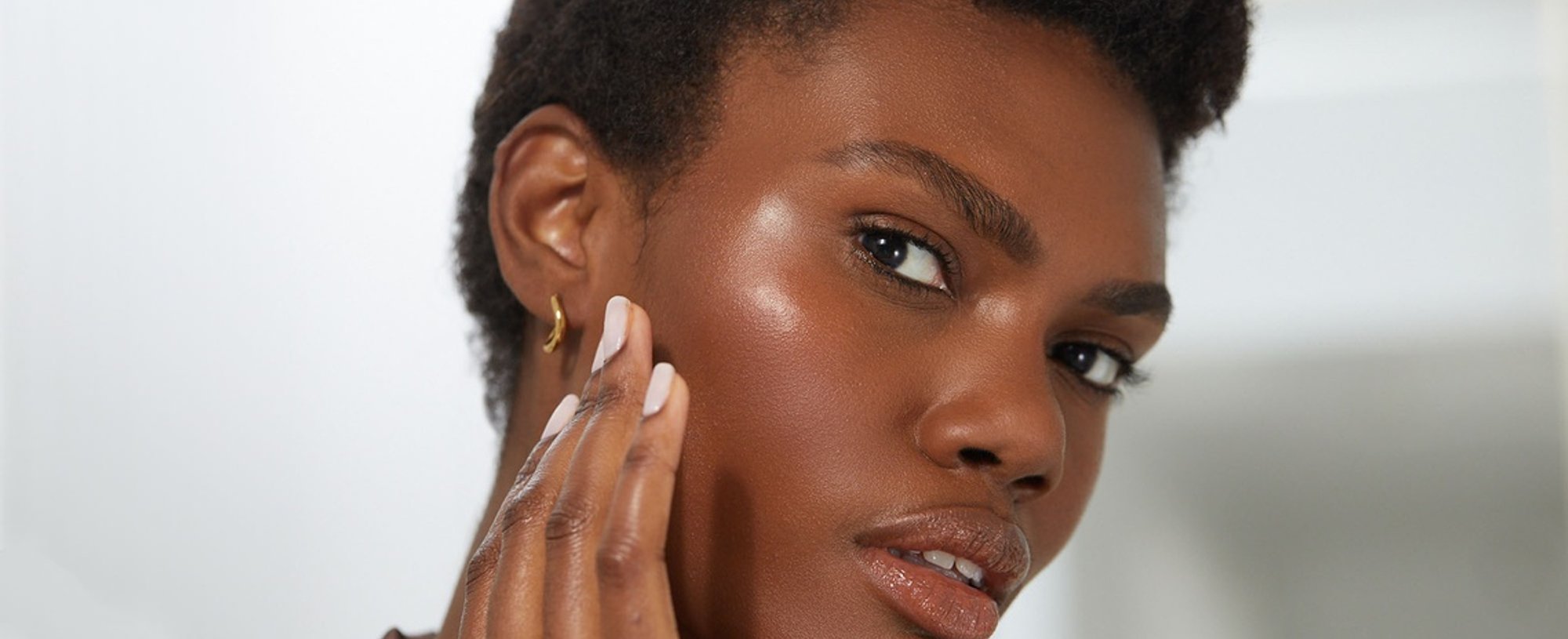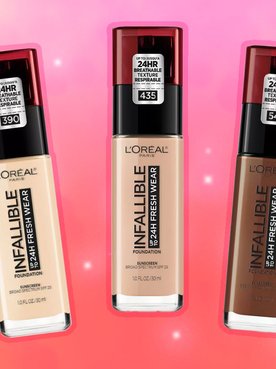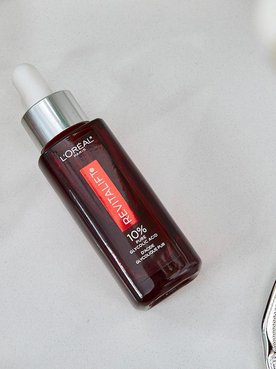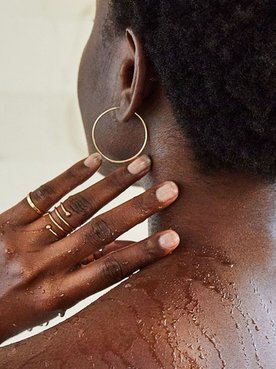Using a face cleanser is an essential part of any skin care routine. It’s the first step in removing dirt, oil, and impurities from your skin so you can have a healthy-looking complexion. And while washing your face morning and night is a simple task, there are some things to consider in order to yield the best results.
From using a cleanser that suits your skin type to cleaning your makeup brushes, knowing all the best face cleanser uses and tips can take your skin care game to the next level. Below, we’ve rounded up eight cleansing tips to incorporate into your routine for the ultimate clean skin.
1. Choose Your Cleanser Wisely
Like with other skin care products, cleansers are not all the same. They vary in formula, consistency and ingredients, making it important to choose one that suits your skin type and concerns.
If you’re looking for a cleanser that cleans and exfoliates, the L’Oréal Paris Revitalift Derm Intensives 3.5% Glycolic Acid Cleanser is for you. It contains salicylic and glycolic acids which work to gently exfoliate and refine the skin.
For those with dry or sensitive skin, a cream cleanser, like the L’Oréal Paris Age Perfect Nourishing Cream Cleanser is great because it’s formulated with a nourishing blend of oils and isn’t stripping on the skin.
For example, the L’Oréal Paris Pure-Clay Detox & Brighten Cleanser is a great option for people with oily skin because it’s formulated with charcoal and clays to draw out excess oil.
2. Keep Different Formulas In Your Skin Care Collection
It’s a good idea to keep at least two different formulas in your collection so you have various options depending on your skin’s needs. In the morning, you might not need a strong cleanser with the ability to break down makeup like you might require at night. Or perhaps your skin is feeling extra dry one day and just a gentle cream cleanser will do. You can’t go wrong with having options.
3. Cleanse With Lukewarm Water
Hot water might feel soothing, but it can wreak havoc on your skin. Very high temperatures can strip your skin of its natural oils, leaving it dry and dull. The American Academy of Dermatology (AAD) recommends using lukewarm water to wet your skin and working in your cleanser with your fingertips.
4. Cleanse Your Skin On the Go
Face washing doesn’t have to leave you tethered to the sink or the shower because not all cleansers actually require the use of water. No-rinse options like micellar water are great to pack with you when you’re hitting the gym or traveling.
While you don’t want to over cleanse, ridding your skin of sweat can reduce irritation. The L’Oréal Paris Micellar Cleansing Water Complete Cleanser Waterproof – All Skin Types is great because it removes makeup while gently cleansing your skin. Just saturate a cotton pad and then wipe the pad across your face.
5. Double Cleanse
To really ensure the surface of your skin is free of impurities such as dirt, excess oils, and makeup, you may find that double cleansing is beneficial. Double cleansing involves first using an oil-based cleanser or micellar water to take off makeup, then following up with a gel or water-based cleanser that will wash away any remaining impurities.
A two-step cleansing process may seem like extra effort, but it shouldn't take too much time and provides a more thorough cleansing.
6. Don’t Forget Your Neck and Chest
Your face isn't the only spot that can suffer from breakouts and dull-looking skin. So, be sure to cleanse your neck and décolleté as well. The chest especially can be prone to oil and breakouts, so if you’re suffering with this, be sure to cleanse the area at least once daily.
7. Use a Cleansing Tool
Cleansing with your hands certainly gets the job done, but a cleansing tool could prove useful when you're in search of that squeaky clean feeling. A cleansing brush, glove, or other tool can help provide a deep clean and potentially some exfoliation, too.
However, be sure to use gentle tools, as harsh rubbing can have adverse effects on your skin. Much like exfoliating, you also may not want to use a cleansing tool every day. Start by using one just a few times per week and work up your tolerance.
8. Clean Your Makeup Brushes
Using dirty makeup brushes and sponges on your skin can add back bacteria that you just cleaned off, so it’s important to clean your tools to ensure they’re sanitary. You may also be able to use your go-to facial cleanser to clean your makeup brushes.
Lather up a bit of cleanser in the palm of your hand, then move the bristles in circular motions through the lather to help break down buildup.
Next: What Does Clay Facial Cleanser Do?
Edited by: Alyssa Kaplan, Photo Credit: Chaunte Vaughn





